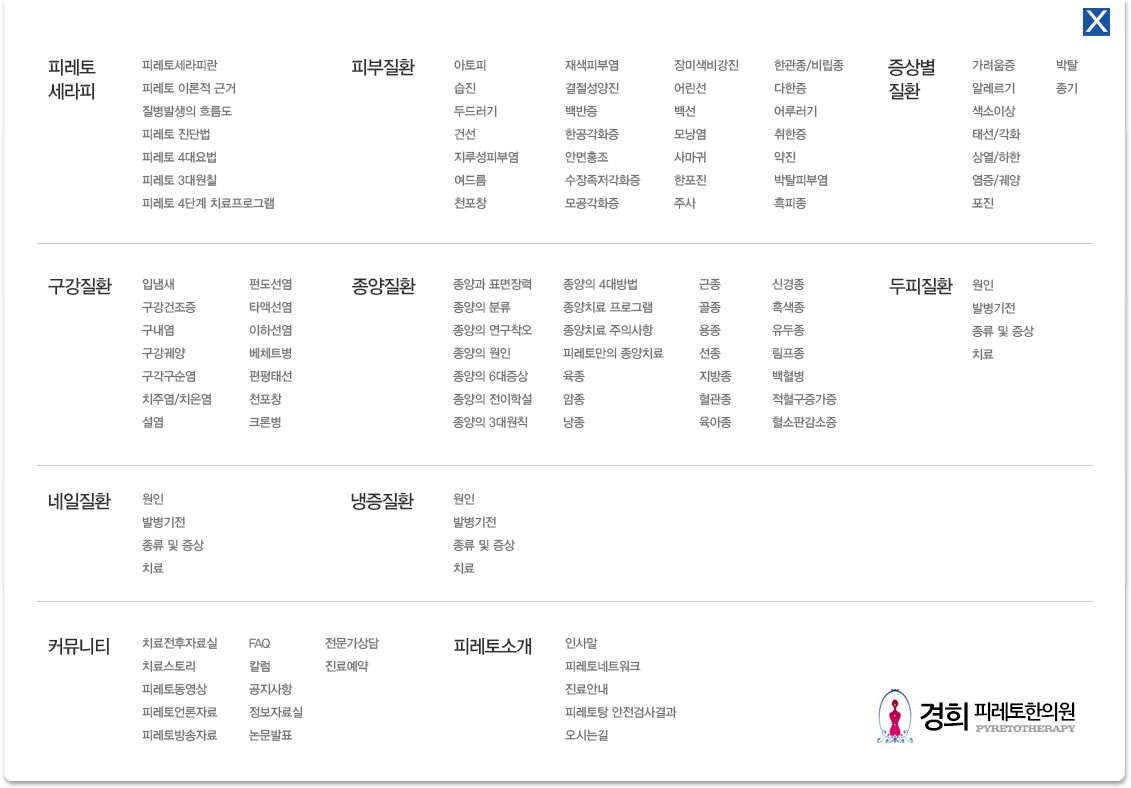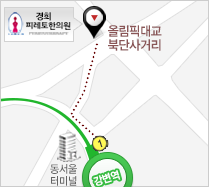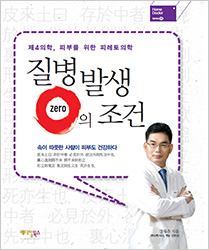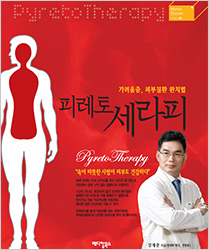1.학술지 명
Surgery Gynecology and Obstetrics(Volume 146, Issue 6, 1978, Pages 944-946)
2.논문제목
Steroid hypothermia(스테로이드 저체온증)
3.논문 저자
Gill, W., Wilson, S., Long III, W.B.(Univ. Maryland, Baltimore, Md., United States)
4.발췌 내용
Abstract
A retrospective study of 17 episodes of septic shock was made. In most patients, intravenous treatment involving a 2 gram bolus of Solu-Medrol produced a precipitous fall in temperature within four hours. Accompanying the temperature change was an improvement in their general physical condition. The hypothermic effect usually lasted approximately 30 hours, after which the temperature would reach a level below the presteroid temperature or would return to the presteroid level. If the sepsis was overwhelming and the patient did not survive, the temperature response was not as dramatic and lasted approximately eight to ten hours, with no clinical improvement.
5.실험 스테로이드제제
clindamycin; corticosteroid; gentamicin; methylprednisolone; methylprednisolone sodium succinate; penicillin g; prednisolone
6.피레토 견해
즉 스테로이드제제는 프로스타글란딘의 합성을 억제하여 세포의 대사활동을 줄여 피부온도 심부온도 동시에 낮추기 때문에 저체온증(Hypothermia)이 발생하게 되는 것입니다. 한편 피부온도의 저하로 인해 염증은 줄어들기 때문에 항염증제제로 사용하고 있는 것이죠.
하지만 심부온도의 저하라는 치명적인 부작용을 어떻게 할 방법을 찾을 수 없는 것이 현대의학의 맹점입니다. 심부온도의 저하는 혈관을 수축하고 혈액의 점성은 높아지고 말초혈관의 저항을 높게하며 전신 혈액순환량을 줄여 심각한 부작용을 초래하게 된다는 것은 누구나 다 알고 있습니다.
스테로이드제제의 부작용는 반드시 찾아 보시기 바랍니다.
피레토세라피는 피부과학적 이론을 존중합니다.
많은 참조 바랍니다.




















